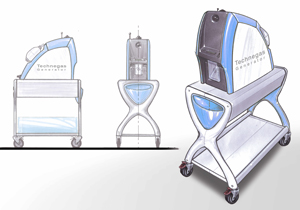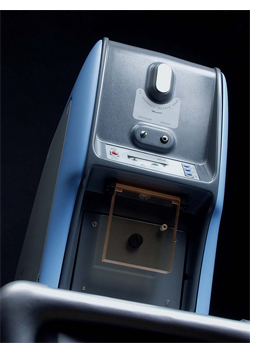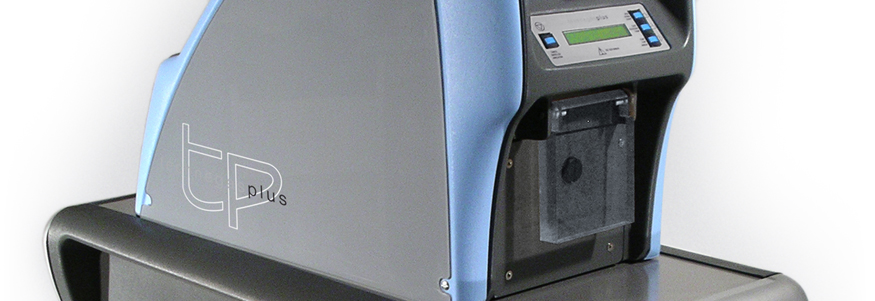The Client
Vita Medical is a successful manufacturer and distributor of diagnostic medical products. The company specialises in lung ventilation imaging in the field of nuclear medicine.
The Brief
Vita Medical sought Bayly to design and build the TechnegasPlus respiratory diagnostic instrument. The TechnegasPlus Generator [TPG] is used to quickly and accurately diagnose pulmonary embolism before it becomes a life-threatening disease.
Why Bayly?
Medical instrument design and development is one of the key capabilities of the team at Bayly. Vita Medical recognised this strength when it engaged our team to design and build the TechnegasPlus respiratory diagnostic instrument.Bayly’s wide ranging experience in thermoforming, gravity die casting, reaction injection moulding (RIM) and other manufacturing processes was used in the selection of the optimum design for the TPG.
The Project
The TechnegasPlus Generator produces a radioactive gas that is inhaled by the patient. Using one breath of the gas, the extent of the distribution of the gas inside the patients respiratory system is monitored and displayed on a nuclear medicine Gamma camera. A global innovation for the huge US market, the TPG features a custom manufactured, high temperature furnace at its core and produces minute radioactive particles to form a micro-aerosol which then behaves as a gas inside the patient’s lungs. The nature of the requirements for the TPG demanded that Bayly approach its design with the view to minimising tooling and manufacturing costs.
 As the TPG is produced in low volumes, the use of injection moulding processes and advanced metal casting processes were not justifiable even when considering sources of low cost tooling from overseas.
As the TPG is produced in low volumes, the use of injection moulding processes and advanced metal casting processes were not justifiable even when considering sources of low cost tooling from overseas.
Whilst the X leg is a significant visual feature of the TPG, it also provides true functionality and provides convenient access to the equipment storage tray beneath the main assembly. The whole device rotates 180° on the X Leg supports for transport so as to protect the device and reduce packaging to a single outer box. The X leg design also communicates a softer technological image at times of heightened patient anxiety. Ease of handling was critical for this heavy device as it is moved around within the hospital. The TPG incorporates long grip areas along the side for optimum maneuvering and ease of use.
The TPG’s housing is formed by a backbone of 2 structural components produced using a RIM process to which the other housing components are mounted, providing isolation of the internal components. The housing sides are manufactured from Kydex panels to protect the internal components of the instrument. These panels are light, strong, scratch resistant and fire retardant, an important aspect when housing high temperature furnaces. Changeable graphics panels are rear printed to further complement the familiar surface and texture finish associated with a high quality, high-performance, specialist medical instrument.
With a 10 year expected service life, the TPG will require annual maintenance of its core components. The design has taken this into account by allowing the maintainer complete access from a standard working height.
Outcomes
The reduced outer packaging to a single outer box, cut freight volumes for the machine by 36% and is up to 10% more effective than previous models. Other services included market research, risk analysis and prototyping. Other key outcomes included easier manoevarability, maintenance and increased protection of the internal components of the machine.
Services supplied to Vita Medical
The TPG was designed to meet stringent material and electrical standards necessary for US FDA approval. The tolerances in the device were managed by critical investigation into the various manufacturing options. Full sized prototypes were manufactured to ensure assembly and serviceability times were precisely tested and minimised wherever possible.
Risk analysis of the whole medical intervention and the interactions between instrument, patient and medical specialist was critical to Vita Medical, as the instrument would be operating within a very complex and demanding medical environment. All facets of its
operations, including handling and serviceability, had to be analysed rigorously by the client and the design team at Bayly.
Bayly’s designers used a range of 3D CAD and CAE tools including, Pro-Engineer, and
Ansys software in the development of this new product.

